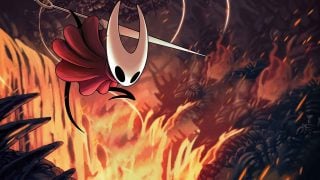On paper, the Shin Megami Tensei series can sound like a seething cauldron of mismatched ideas. With elements of world mythologies, the nature of order versus chaos in our lives, science fiction-like world building, urban punk sensibilities and motifs, and Jungian psychological concepts all mixed in the pot, it falls on you, the player, to carve your own way. You become the unifying element of those ingredients and often times can reject or accept aspects you hold or disagree with, exemplified in the multiple endings common to these games. By slightly tweaking the presentation and retuning elements of its immediate predecessor, Shin Megami Tensei IV: Apocalypse becomes a great example of how to revisit a game world while making something that can stand on its own and enhance what was already there in equal measure.
Apocalypse begins towards the end of 2013’s Shin Megami Tensei IV, also for the 3DS, but is not a sequel. Rather, it’s an alternate take on the events of that game while telling a new story with new characters and ideas, done in a way that fits fairly well with the existing narrative. I’ll do my best to avoid spoilers for both games, though certain plot elements that make themselves known early on in Apocalypse will be discussed. Consider yourself warned, though for now I’ll also go forward from a perspective of not having played the first game.
Of deicide and desolation
You play as the character Nanashi (though you may change this name after a certain point), a teenager living in Tokyo in the 2030s. After certain events 25 years before the game’s start, the entire city has been encased in a rocky dome, isolated from a devastated world. People have been forced into living as scavengers and survivalists due to their domed city being overrun with demons. These demons are at war with angels, also present within the dome, and neither side cares of the collateral damage and paradigm shifts this has placed on humanities shoulders. Factions of humans have developed in the face of this, with some supporting the angels and others supporting the demons. These two receive greater focus in Shin Megami Tensei IV, while in Apocalypse you’re given insight to The Hunters, a group that opposes both sides and aims to support humanity by rallying behind a hero named Flynn, a samurai from outside the dome and the playable character from Shin Megami Tensei IV.
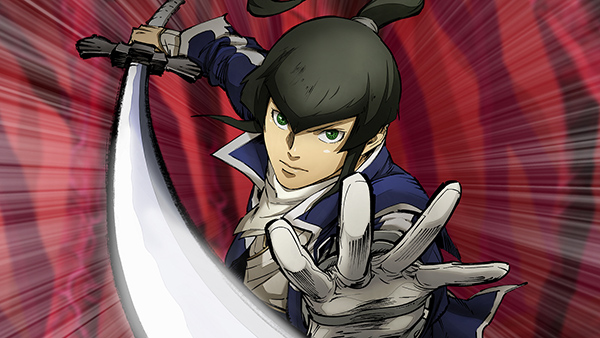
You, as Nanashi, are an apprentice Hunter, one who’s never fought before and lacks the means to do so. As events unfold you meet a mysterious old deity known as Dagda, who offers you a chance to fight during a desperate moment with the catch that you would become, effectively, his property. Now known as a God Killer, you venture out as a licensed Hunter and encounter more of this world, including returning characters both important and only briefly mentioned from MegaTen IV, learning more about the big picture and where you fall into this. Add in a faction of old gods calling themselves the Polytheistic Alliance, seeking to rid the entire world of both angels and demons for their benefit, and it’s up to you to decide what is right for yourself, for humanity, and for the otherworldly conflict.
Admittedly, this is a narrative that introduces several concepts and ideas in rapid order and expects you to keep up. There’s, thankfully, a menu accessed in-game database that assists in keeping track with character and concept names as well as the game world’s history. Still, this isn’t a simple romp. Having some knowledge of world mythologies helps a lot, though to its credit the game doesn’t lose sight of the characters at its core, even with the higher order conflicts happening all around. Nanashi is effectively a blank slate in order to insert yourself into the situation, but the allies he makes are varied and enjoyable, as are the various enemies. Featuring motives and arguments both for and against all of the forces at play, it really does fall on your shoulders to steer the world in a given direction – so if you’re expecting a more relaxing experience, this might not be the game for you.
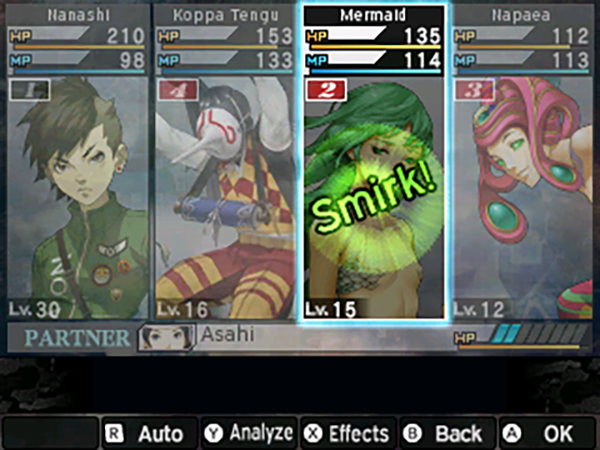
Is it partnership or subjugation? Perhaps both…
While I definitely enjoyed the narrative, the greatest strength is in the game’s combat system. I’ve said it before in another Atlus review, but RPGs can live or die by their battle mechanics, and thankfully, Apocalypse doesn’t disappoint. It all revolves around a key component of the MegaTen series as a whole: the ability to recruit and battle alongside demons. All Hunters have a program within their smartphones that allows them to store, summon, alter and manage demons who have allied with them. Getting them to join you revolves around a negotiation system that separates these games from other “mon” catching titles. It doesn’t take weakening a demon to “capture” it, but instead you have to speak to them during battle in an attempt to sway them to your cause. Over time, you’ll unlock more ways to talk to demons, such as threatening them or shaking them down for money. These allow for elements of strategy and some entertaining conversations to develop in battle. Every demon has a different conversational progression, asking questions to you and requiring that you consider careful answers.
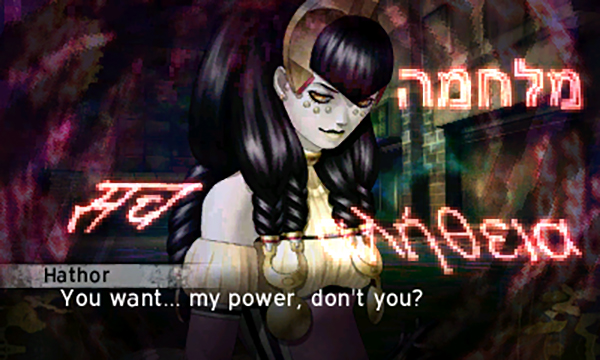
Once you’ve managed the right responses, it’s time to bargain. Demons may ask for items, your health of magic, in-game money, or other requests to determine if you’re worth their time. This can be a bit frustrating at times, especially if there’s some sort of rhyme or reason to demon behaviors; the bargaining section feels random and arbitrary. You’re able to give into their requests, refuse them, or try and “cheat” in order to trick them into moving on. In all honesty, I almost always refused or cheated and still managed quite well, but it was definitely a matter of trial and error. Some advancements to this long-standing system are that demons will now “remember” you, as sometimes I’d encounter a demon again who’d be more willing to join up since we’d spoke together before. Even with the times it didn’t work I do genuinely enjoy this mechanic. I just wish it could be a bit more consistent, or clearer if I was simply not understanding it.
After recruiting demons you can have them fight alongside you in a total party of four. It’s all about having a wide assortment of skills to exploit enemy weaknesses at a given moment. With multiple elemental and physical types of attacks, the game encourages frequent swapping in order to be prepared and geared for various battles. Boss fights in particular benefit from a flexible mindset of demon swapping to suit the battle rather than sticking with a developed party. Once demons are sufficiently leveled they gain new skills, and once they learn their last skill they’re able to pass on almost any skills they know to Nanashi. This allows him a greater level of variety and customization, and coupled with the choice of where your stat increases go, when you level him up really makes him feel tailor-made to your style. By exploiting enemy weaknesses you’ll gain more turns in battle, allowing you and your demons to attack multiple times, empower yourselves, and keep the enemy from striking back. Mastering this system is key, because the enemy demons are almost always more powerful than you and yours, meaning with a few missteps, you can find yourself in a harrowing situation.
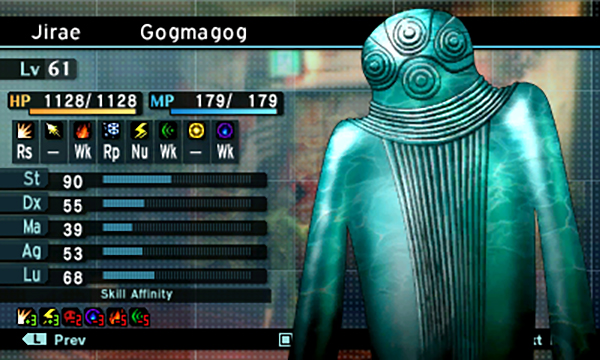
Making new “friends”
Since demons all only have a finite amount of skills that they learn and can only pass them on to Nanashi once, it falls upon another MegaTen staple to keep them useful. By fusing your demons together, you can create more powerful demons with a mix of skills from the two (or more) sources as well as new ones. By maintaining the same skills from fusion to fusion, you also ensure you can maintain your style and continue to empower Nanashi. If a demon attempts to pass on its skills and Nanashi already knows one the demon also knows, he’ll empower that skill while still giving you the chance to add a new one. The only limits here are the slots for skills, though over the course of the game these can be increased.
Your human allies also get in on the action, with your party having a “Partner” slot as well. This will allow those you’ve met to fight alongside you and contribute in unique ways. The first you meet specializes in healing and status removals, a useful assistance as you learn the game, to say the least. Others allow party-wide buffs or pure offensive support, among other things. Once a meter is charged, they and the partners currently sidelined can all band together for a large attack with multiple effects, potentially pulling you out of tough spots. Further adding to the customization of the game is the “Apps” system returning from MegaTen IV. As you level and explore you’ll gain App points that allow you to unlock more options in battle and in fusions, more skill slots, increases in strength to your demons, and general passives. It’s another element of the game that allows you to make your own experience and cater to your playstyle, something I always appreciate.
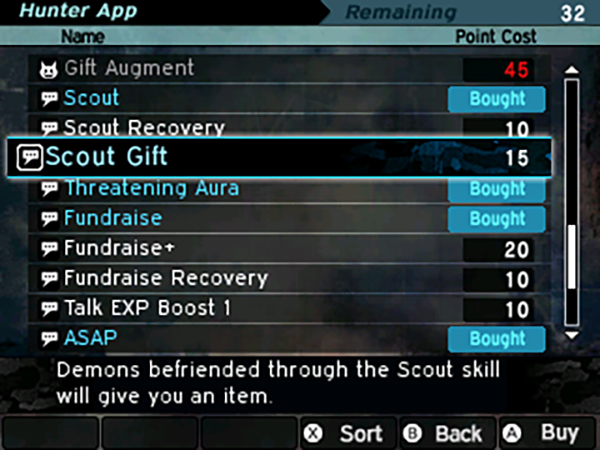
My only complaint about the battle system is just how much there is to manage at once. Just like the narrative, the game doesn’t pull its punches with respect to how much it throws your way. I constantly found myself wondering if a given fusion or skill choice was “right,” even if there’s no one right answer in a game like this. Demons you’ve encountered can be summoned again for in-game money or even registered in the event you develop a demon with a skill set you’re particularly proud of before you use it in a fusion. This takes some of the permanency of things away but requires you manage another element of the game. If you get tired of menus fast, then this game might not be for you – but micromanagers and customizers will be right at home.
It’s the end of the world as we know it
The game progresses through a mission-based structure, with there being both plot important missions and optional side quests. These reward you with greater chunks of experience and money, as well as flesh out the world and its characters. In spite of (or perhaps because of) the desolation, Apocalypse’s Tokyo is a sight to behold. While some underground and street sections are visually similar across the game, many of the outdoor and more abstract areas are treats for the eyes in spite of the danger inherent to them. That said, exploration and navigation are not this game’s strong suits. While fast travel exists on a larger scale, and there’s an overworld map for traveling and progression, the dungeons themselves can be tedious at times. Respawning item spots and hidden treasures encourage you to look around them carefully, but I never found myself quite enjoying these sections. They’re simply means from points A to B, with the demon encounters along the way being the main draw.
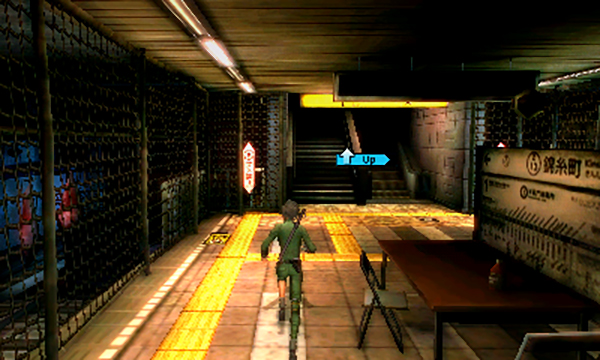
I absolutely enjoyed my time with Shin Megami Tensei IV: Apocalypse, but as I’ve made it known, this is a dense game in almost all respects. The narrative can get heavy-handed at times, but if it manages to draw you into its conflict and the philosophical focus at its core, then it’s a rewarding experience all the way through. Those who’ve already completed Shin Megami Tensei IV will find the improvements satisfying and the alternate take on events interesting, though only if they want more of overall same. My highest recommendation goes towards those who love to tailor-make every aspect of their party. With demons, skills, fusions, equipment, apps and partners all being changeable and developed over time, this is a game that can be played through in several different ways, and with precision. The multiple endings available encourage multiple playthroughs as well, giving the title even more replay value. Just remember that even if you feel you’ve made a mistake – and in spite of the title – it’s not the end of the world.
Leave a Comment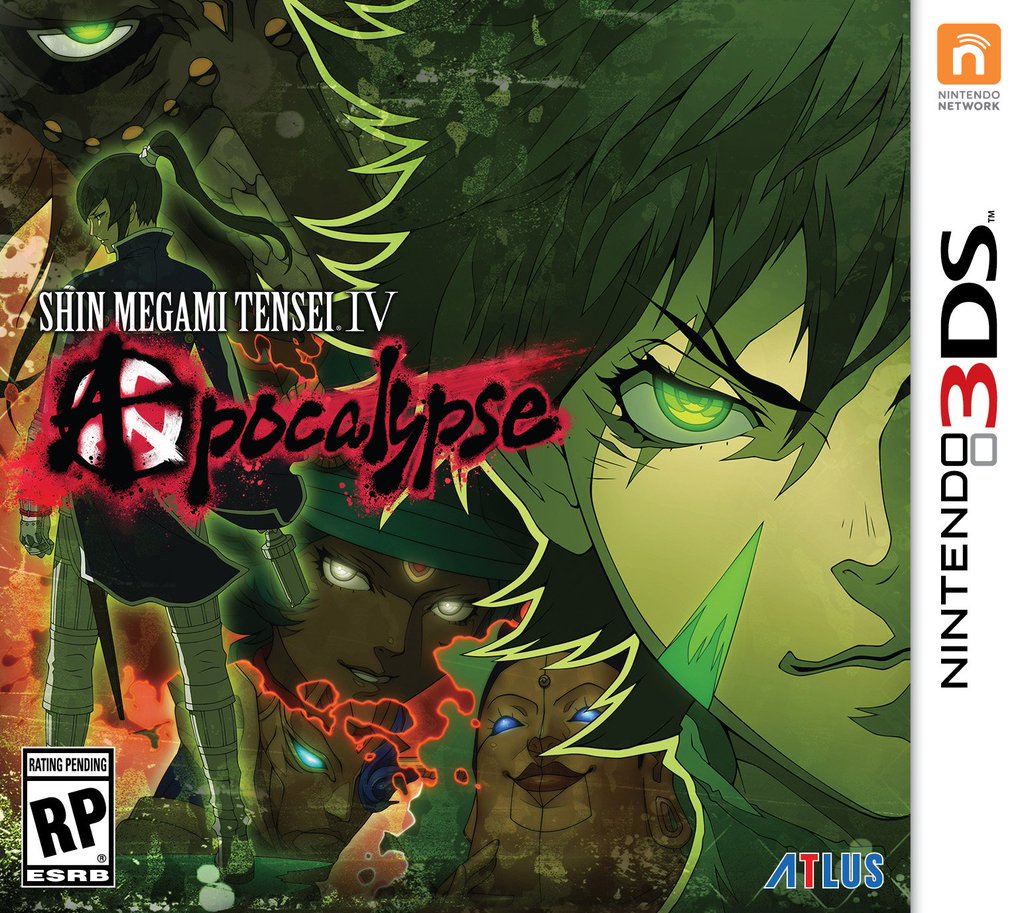
System: Nintendo 3DS
Release date: September 20, 2016
Categories: Role-playing game
Publisher: Atlus, Deep Silver
Developer: Atlus

